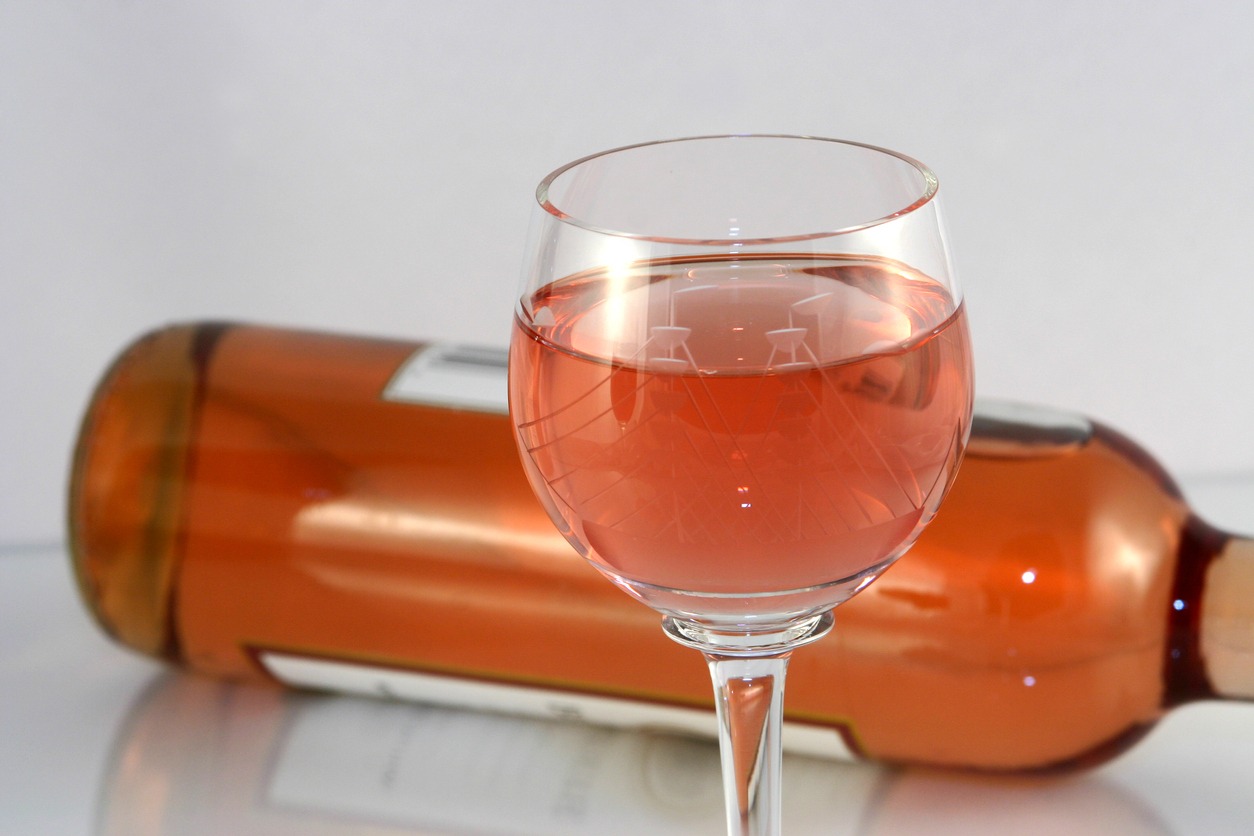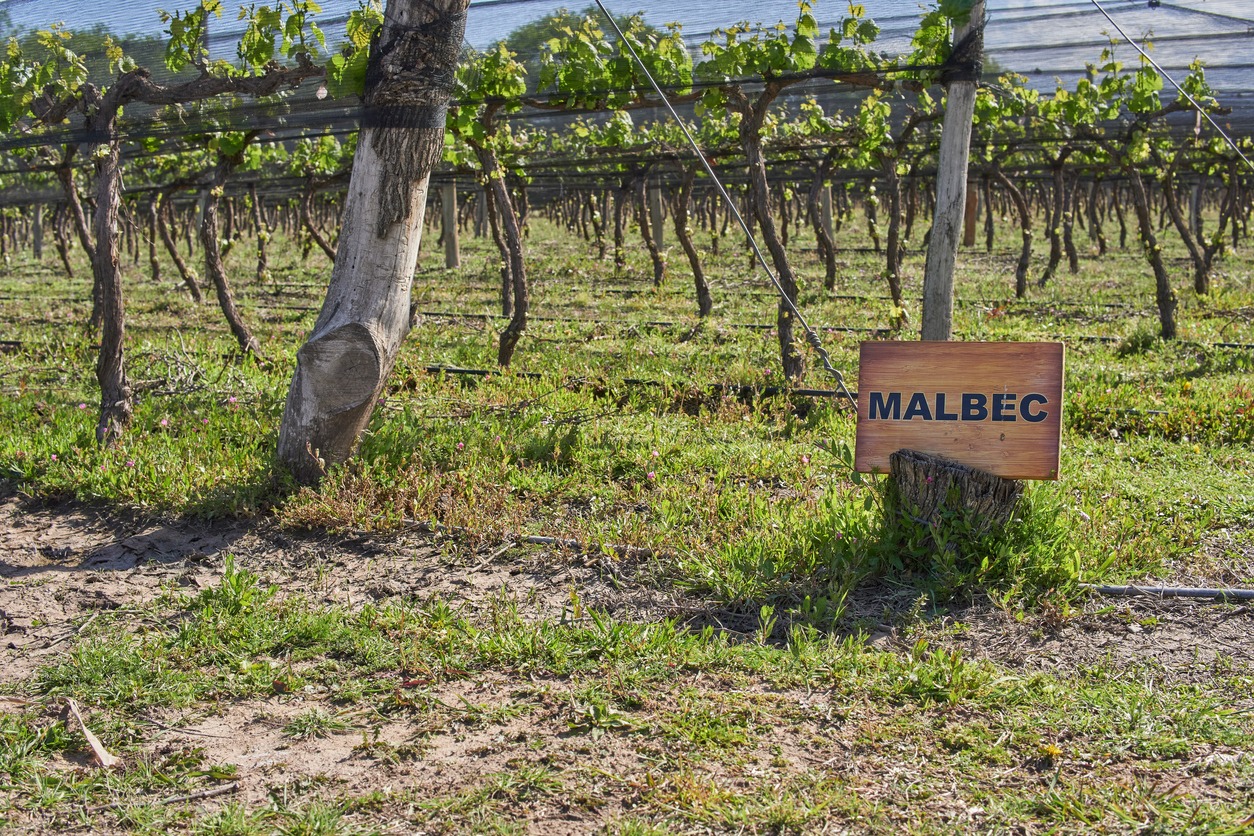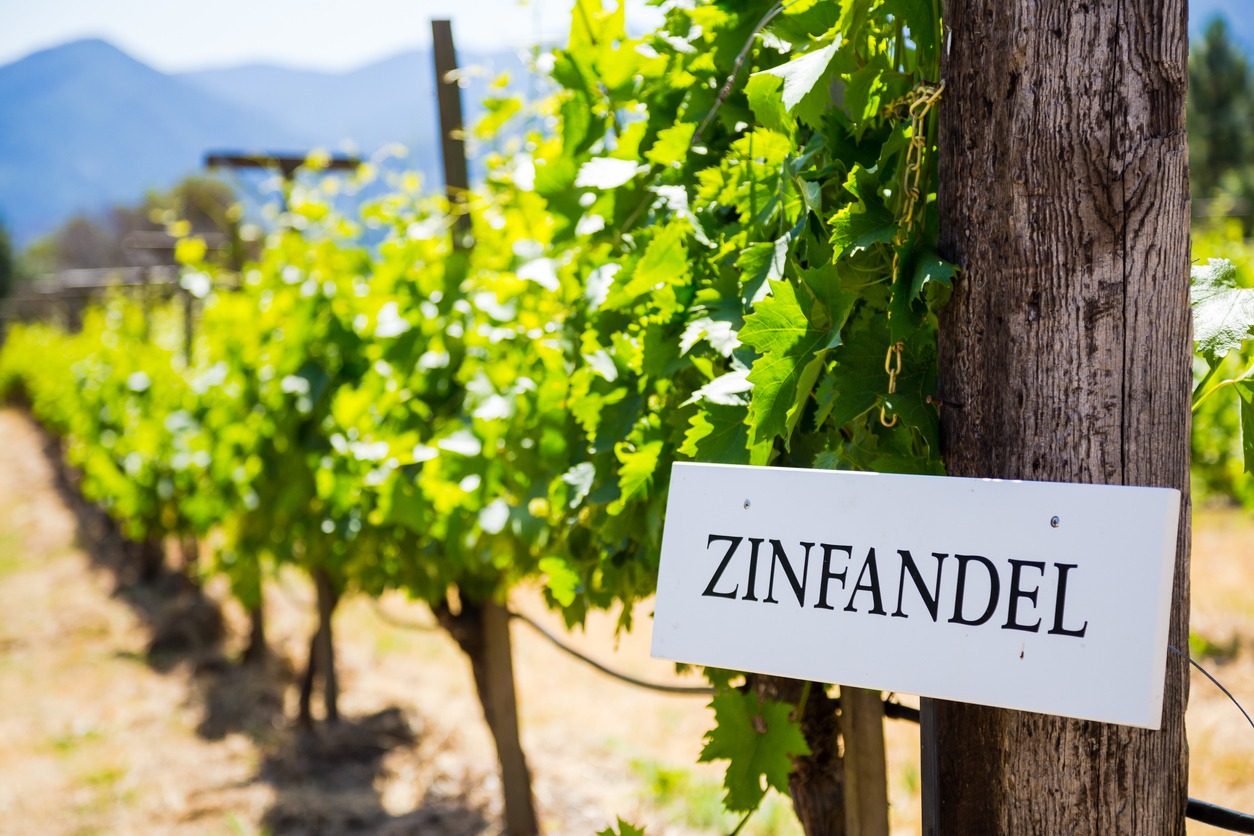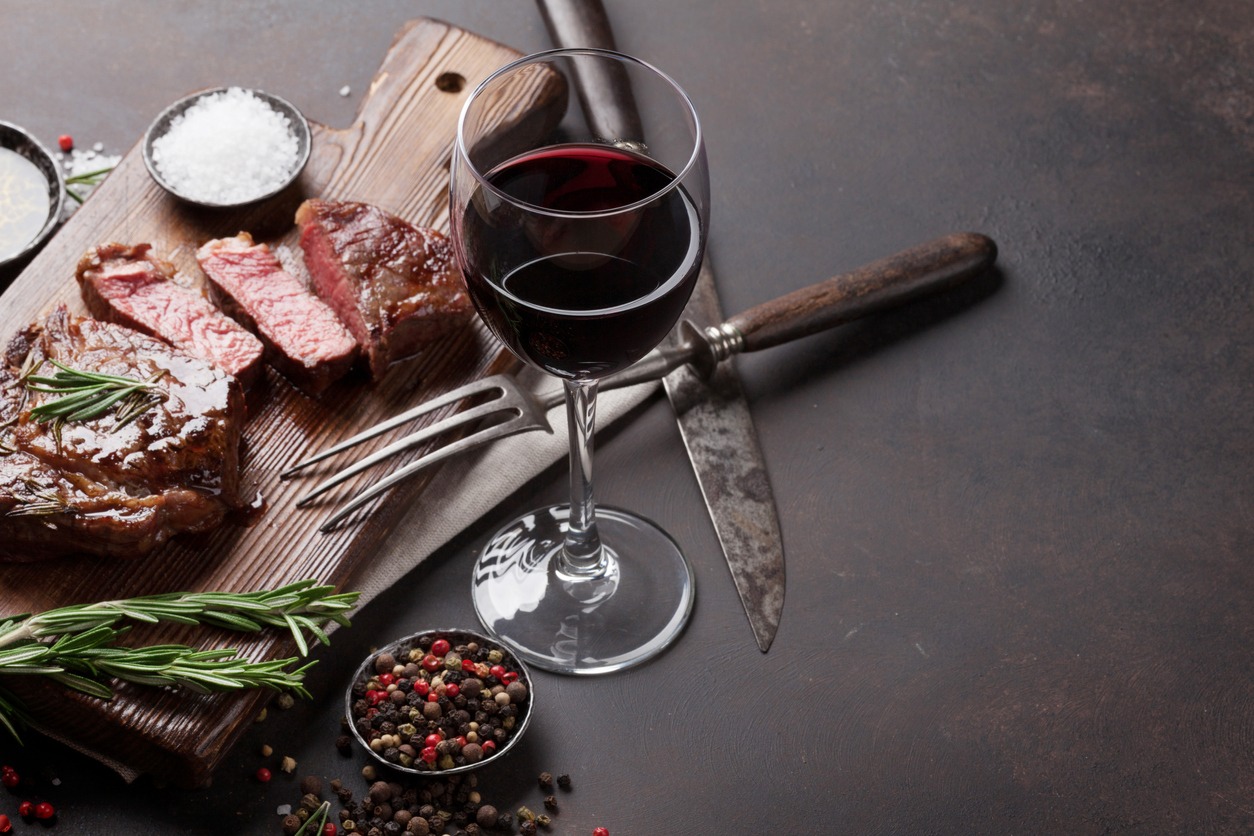Malbec and Zinfandel represent two distinctive experiences in the world of red wine, each known for offering a unique array of flavors, textures, and an illustrious history. Originally from France, Malbec found its acclaim in the wineries of Argentina, offering a profile that’s rich with dark fruit flavors and often features a smooth, velvety texture. It’s appreciated by oenophiles for its refined characteristics, which include a smoky essence contributed by the aging process in oak barrels.
Meanwhile, Zinfandel tells a different story, one that showcases its origins from Croatia but is now considered a classic American wine. Known for its bold and robust nature, Zinfandel is frequently characterized by its hearty structure and a spicy finish, attributes derived from its tannin content. As a grape that can produce wines ranging from rich and hearty to light and fruity, it offers a versatile palate that can accommodate a variety of food pairings and occasions.
Each wine, through its distinctive profile, serves as a testament to the diversity available within red wines, with Malbec aligning with those who favor elegance and a silkier drinking experience, while Zinfandel caters to those who prefer a more dynamic and pronounced flavor journey. Navigating these wines enlightens drinkers to the depth of red wine varieties and the complexity of their origins and winemaking processes.
Historical Origins
The varietals Malbec and Zinfandel each have a storied past that is deeply rooted in their respective regions, reflecting their unique journeys from old-world origins to new-world prominence.
Malbec in France and Argentina
Malbec originated in France, where it was primarily grown in the Cahors region. The grape was known for producing robust and tannic wines that could age gracefully. The vine’s adaptability allowed it to thrive in Argentina, where it found a new identity. Argentina’s warm climate and high-altitude vineyards have given Malbec wines a fruitier profile and a softer texture, helping it become the country’s celebrated signature grape.
Zinfandel in California
Zinfandel is often associated with California, where it became a cornerstone of the American wine industry. Despite its European origins, where it is linked to Croatia and also grown in Italy, its true identity blossomed in the Californian sun. Here, the grape produced wines with a wide array of flavors, from jammy and fruit-forward to rich and spicy. Zinfandel’s versatility and the full-bodied wines it creates have solidified its status in the American viticultural landscape.
Viticultural Characteristics
In the world of winemaking, the interaction between grape varieties and their growing environments is paramount. Both Malbec and Zinfandel grapes exhibit unique characteristics that are deeply influenced by their respective climates, which in turn affect the vines and the resulting wine’s profile.
Typical Climate for Malbec
Malbec grapes thrive in a climate that is warm and sunny, with a significant variation between day and night temperatures, known as diurnal range. This grape variety is traditionally grown in the Cahors region of France, which provides the necessary conditions for Malbec to develop its deep color and intense flavors. However, it has also found a prosperous home in Argentina, particularly in the Mendoza region, where the high altitude contributes to a cooler climate, with low pH levels that are optimal for preserving the grape’s natural acidity.
- Climate: Warm, sunny days with cool nights
- Altitude: High, especially in regions like Mendoza, Argentina
- Soil pH: Low, beneficial for acidity retention
Typical Climate for Zinfandel
Zinfandel vines are suited to a variety of climates ranging from warm to temperate. Often found in California, especially in areas like Sonoma and Napa, Zinfandel requires a climate with a long, warm growing season to fully ripen the grapes, while cooler temperatures at night preserve the acidity. The grape’s versatility is evident in the diverse styles of wine it produces, which can vary significantly based on the climate and growing conditions.
- Climate: Long growing season with warm days and cooler nights
- Soil Preference: Well-drained soils
While both grapes are adaptable, their best qualities are coaxed out by distinct climate conditions that influence the overall health of the vines and the characteristics of the grapes.
Wine Profile and Tasting Notes
When exploring distinct red wines, Malbec and Zinfandel stand out for their unique flavor profiles and tasting notes, each shaped by their intrinsic characteristics and aging processes.
Malbec Flavor Profile
Malbec, primarily produced in Argentina and France, typically offers a robust profile with a notable presence of tannins and acidity which contribute to its structure and aging potential. The flavor profile of Malbec is characterized by:
- Dark fruit flavors: Predominantly blackberry and plum
- Spicy notes: Often a hint of black pepper
- Oak influence: Vanilla and smoky tones from oak barrel aging
- Chocolate and earthy undertones: Adding complexity to the palate
This rich and full-bodied wine pairs well with red meats and hearty dishes, where its bold flavors complement the savory elements of the food.
Zinfandel Flavor Profile
Zinfandel, with roots in California, showcases a more fruit-forward approach with its vibrant and jammy qualities. The tasting notes for Zinfandel include:
- Red fruit flavors: Especially cherry, cranberry, and boysenberry
- Spicy finish: A peppery zest lending to its distinctive profile
- Tannic structure: Which can vary but typically contributes a spicy edge
- Aromatic complexity: With hints of licorice and sometimes tobacco
Zinfandel’s bright acidity makes it versatile in food pairing, especially with grilled and barbecued dishes where the wine’s fruity and spicy elements enhance the smoky flavors.
Food Pairing and Serving
The right food pairing can significantly enhance the drinking experience of a wine. Malbec and Zinfandel, each with their distinct profiles, pair beautifully with certain foods that help to bring out their unique flavors.
Malbec Pairings
Malbec is characterized by its full-bodied nature, making it an excellent partner for rich meats. A classic Malbec pairing would be with grilled steak or bbq, where its robustness complements the smokiness and char of the meat. It is also versatile enough to accompany lamb dishes, whether it’s in the form of a Greek-styled creamy lamb meatball or a succulent lamb chop. Here’s a concise table:
| Food Type | Suggested Pairing |
|---|---|
| Steak | Grilled, with a simple rub |
| BBQ | Smoked brisket or ribs |
| Lamb | Slow-cooked stews or roasted |
| Cheese | Aged varieties, like Gouda |
| Pizza | With bold toppings like pepperoni |
Malbec’s boldness also allows it to stand up well against the rich flavors in stews and can cut through the richness of certain cheeses. Its versatility even extends to pairing with pizza, especially ones with pronounced toppings.
Zinfandel Pairings
Zinfandel presents a different spectrum of flavors and often shows a lighter color, yet it possesses a bold taste due to balanced tannins and high acidity. This complex profile is great with a variety of foods. For grilled meats, Zinfandel’s fruitiness enhances the natural flavors without overwhelming the palate. It works splendidly with traditional BBQ dishes as well, especially those featuring a sweet and tangy sauce.
Here are some pairing suggestions for Zinfandel:
- Meat: Pair it with lighter meats, such as grilled pork, or even with a classic Italian pepperoni pizza.
- Cheese: Opt for softer cheeses which can balance Zinfandel’s acidity without competing for dominance.
- BBQ: The wine’s berry notes can provide a delicious contrast to the savory and sweet flavors of barbecue sauce.
By understanding these pairings, individuals can select the appropriate wine to accompany their meal, ensuring that both the food and wine are mutually enhanced.
Wine-Making Process
In the wine-making process, both Malbec and Zinfandel grapes undergo fermentation, but the aging techniques and barrel usage vary significantly between the two, directly influencing their distinct profiles.
Aging and Barrel Usage in Malbec
Malbec wines are typically aged in oak barrels, which imbue them with a distinct smoky and oaky character. The time spent in these barrels allows Malbec to develop a complexity in flavor, often with notes of vanilla and tobacco, that arises from the interaction between the wine and the wood. The varieties of oak—such as French or American—impact the final taste profile of the wine.
Aging and Barrel Usage in Zinfandel
Zinfandel, in contrast, may also be aged in oak barrels, but producers often opt for a varied approach to highlight the fruit-forward nature of the grape. When Zinfandel is aged in oak, it’s typically for a shorter duration than Malbec, which maintains its spicy and bold characteristics instead of adopting too many secondary flavors from the wood. Oak aging can introduce hints of vanilla and sweet spices to Zinfandel, complementing its inherent berry and stone fruit flavors.
Choosing and Storing
Purchasing: When selecting a Zinfandel or Malbec, they should look for reputable retailers with proper storage facilities. A store that is knowledgeable about their wines will typically have good storage practices, ensuring the quality of the bottle.
Serving Temperature:
- Zinfandel: Best served slightly cooler than room temperature, between 60°F to 65°F (15°C to 18°C).
- Malbec: Optimal at a similar range, from 64°F to 68°F (17°C to 20°C).
Wine enthusiasts ensure the full expression of the wine’s bouquet and flavor by serving these varietals at their ideal temperatures.
Storage: Buyers should store their wines in a cool, dark place, ideally in a cellar or a dedicated wine fridge. Both Zinfandel and Malbec benefit from consistent temperatures:
- 55°F to 58°F (13°C to 14°C) is considered ideal.
Preserve: If they cannot finish a bottle, preservation systems or vacuum seals can extend the life of the wine for a few days. They should always store the open bottle upright to minimize the surface area exposed to oxygen.
Longevity: Collectors store bottles with a natural cork on their side to keep the cork moist, which is crucial for long-term aging. Screw cap bottles are less sensitive to orientation. They should note that, broadly speaking:
- Zinfandel: Often enjoyed within a few years of bottling.
- Malbec: Can be aged longer, with many peaking after several years in the bottle.
Cellar: Those serious about collecting wine might consider investing in a custom cellar or wine storage system to control temperature and humidity, thus preserving the integrity of their collection.
Final Thoughts
Understanding the distinction between Malbec and Zinfandel wines enriches the wine-tasting experience, allowing connoisseurs and casual drinkers alike to make informed choices based on their personal preferences and the nature of their dining occasions. Malbec, with its deep color, plum and dark fruit flavors, and softer tannins, offers a smoother, more velvety experience. It pairs exceptionally well with red meats and robust dishes, making it a favorite for hearty meal accompaniments. On the other hand, Zinfandel, known for its higher alcohol content, bold berry flavors, and spicier undertones, provides a zestier, more robust taste profile. This makes it a versatile option for a range of foods, from spicy barbecues to sweet desserts.
Whether a seasoned wine enthusiast or a curious beginner, exploring the unique characteristics of Malbec and Zinfandel can be a delightful journey through the world of wines. Each varietal tells a story of its origin, cultivation, and the meticulous process of turning grapes into the bottles we cherish. By understanding their differences, one not only gains appreciation for the diversity of wine but also enhances the overall dining and social experience. So the next time you find yourself in the wine aisle, remember these nuances and let your taste buds guide you to the perfect bottle, be it the elegant Malbec or the vibrant Zinfandel.



